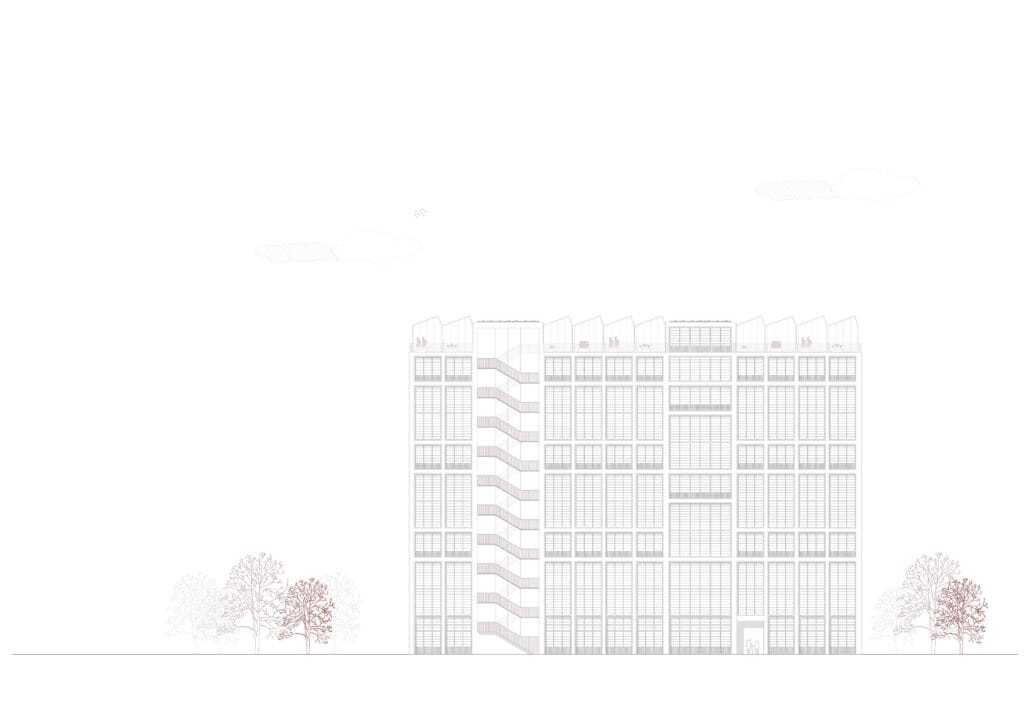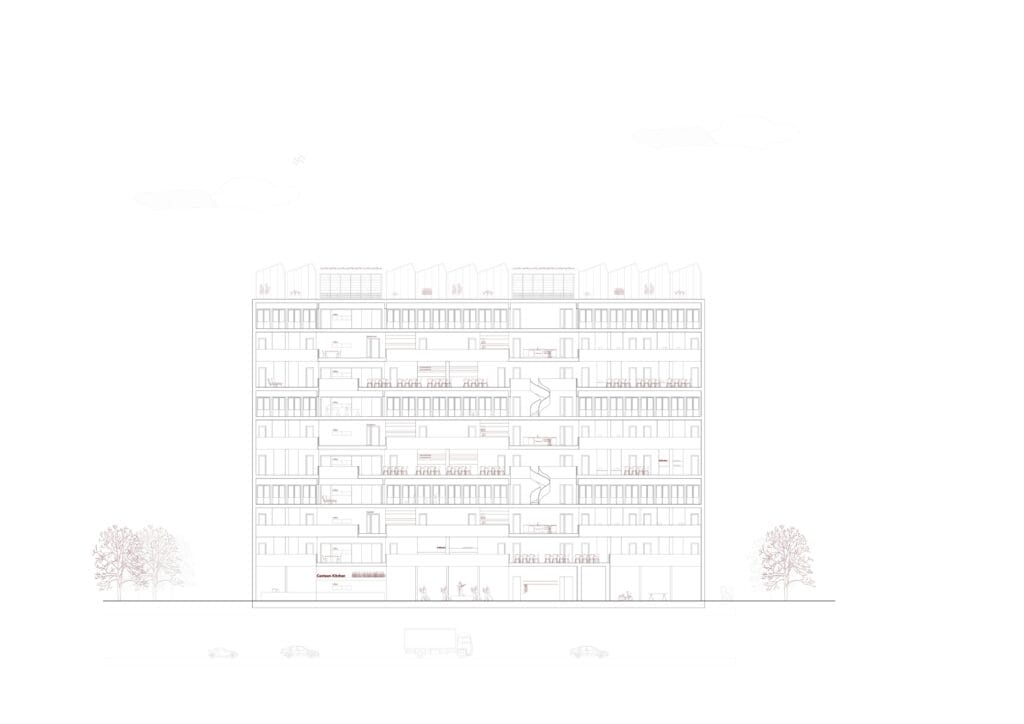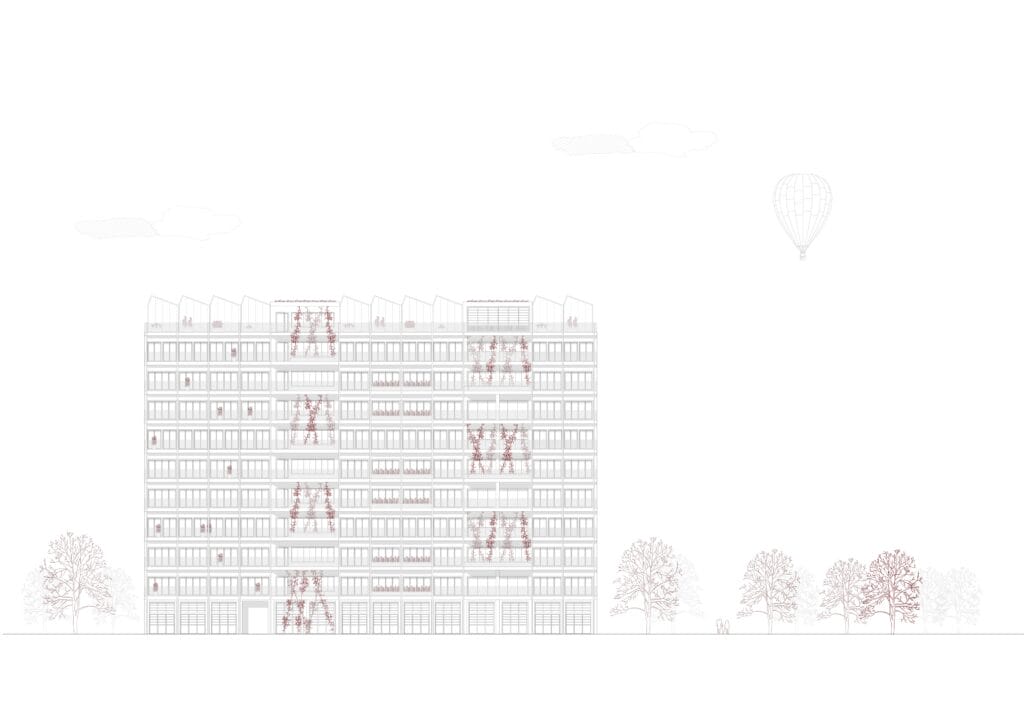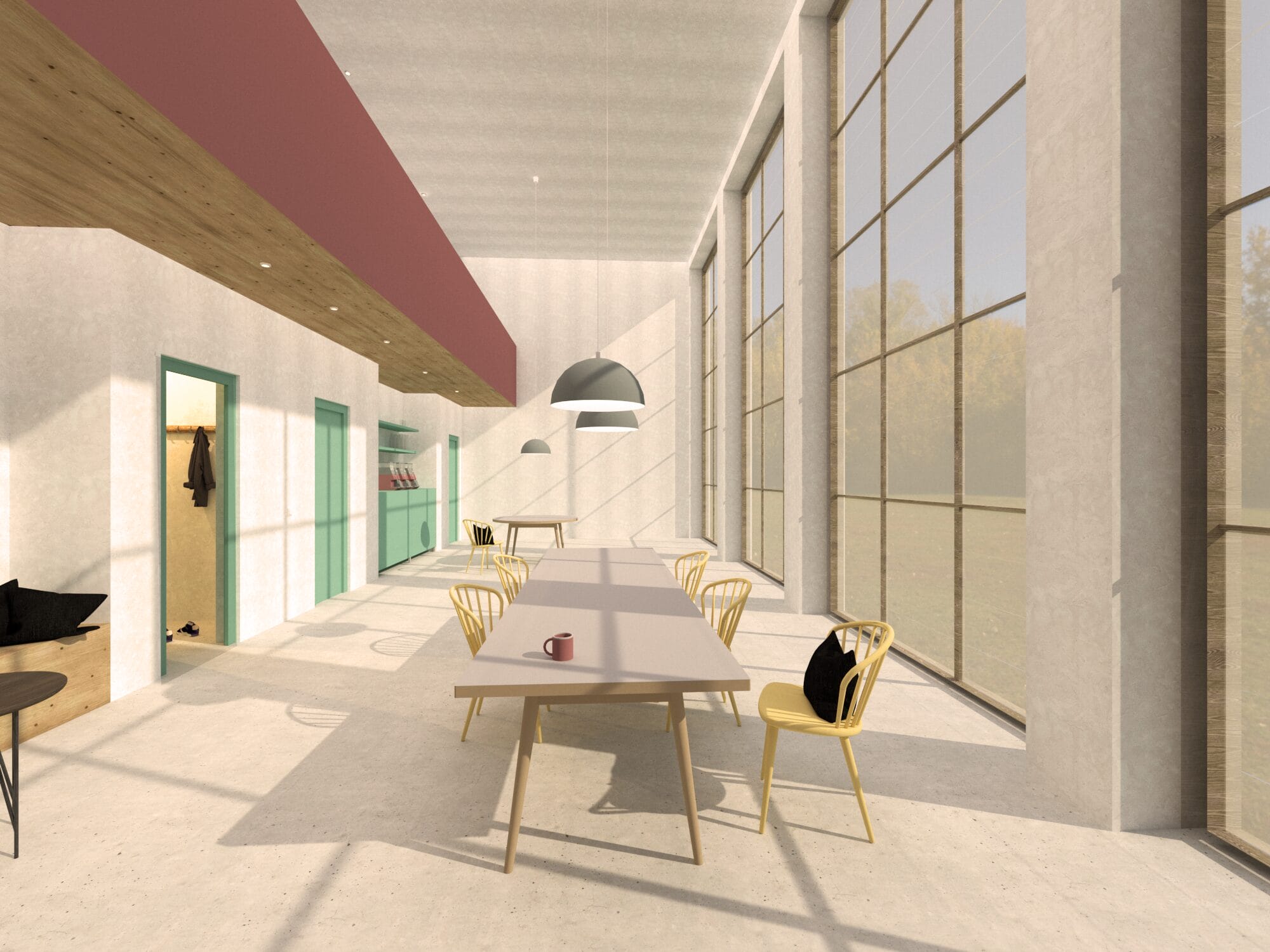architecture studies
UPLIFT Canteen
context
Berlin. Almost 3.9 million inhabitants live in this city. Housing is a key issue. Many different cultures come together, but interaction is needed to promote coexistence. How can we create a basis for living together?
task
In my design, I deal with new forms of living. How can we further develop what we already know in order to meet the needs of today's society?
concept
Food connects - as a central basic need of all people, it becomes the core of my design for social housing. Through the symbiosis of living and canteen, the concept promotes encounters in the anonymous city.
publish date
february 1, 2025
project type
residential building | public building
student
johannavonderlage
detailed explanation of the concept
CANTEEN, also known as a company kitchen, large-scale kitchen, cafeteria, or work kitchen, has always been a place of gathering. Attached to a company, business, or public institution, it provides many people with affordable meals every day.
However, canteens are increasingly expected to meet a variety of demands: different dietary preferences—whether for health, ideological, or religious reasons—the growing awareness of food quality, as well as the need for a pleasant environment to relax and enjoy meals, typically only found in a deluxe dining room. And all of this at an incredibly low price.
I explored the intersection between the public gathering space of a canteen and the private retreat of a home in my design: the neighborhood canteen moves into our homes. Here, professional cooking is possible, neighbors can share their culinary skills, people can meet in the community garden to chat and grow vegetables, or simply come together to eat at a long communal table.
The dining room plays a central role in my design. The phrase “Dinner is ready! Everyone, come to the table.” is likely familiar in many cultures and nations. Inspired by this guiding principle, I aim to bring the residents of the house and the surrounding neighborhood together around a shared table.



Many thanks for the support to the chair of residential buildings at TU Dresden.



